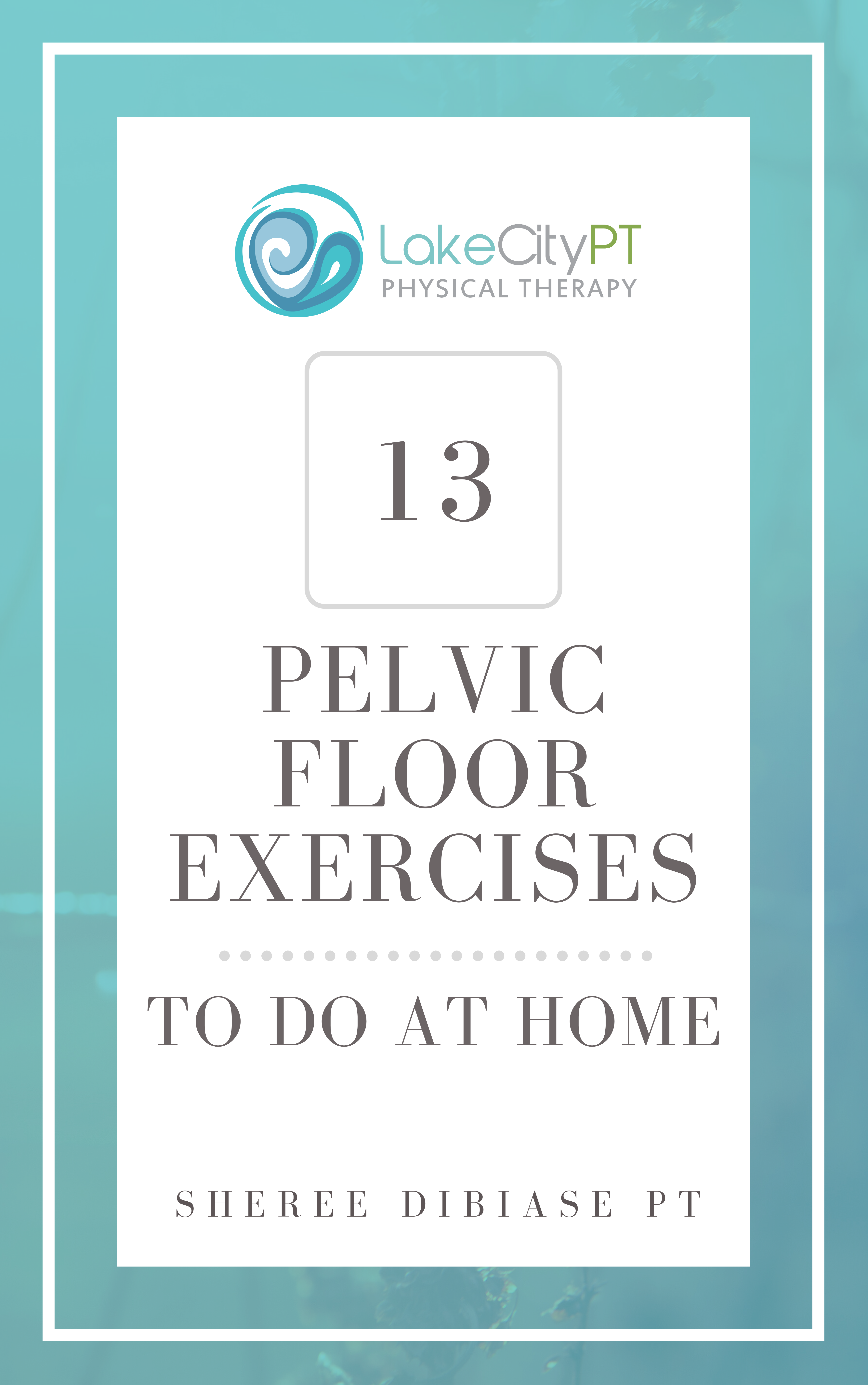Pelvic Pain After Ovulation
In some women, pelvic pain after ovulation is a common complaint. In many cases, the cause of this pain can be related to ovulatory dysfunction. In other cases, it may be due to endometriosis or even adenomyosis. Some research shows that more than half of women experience pelvic discomfort immediately following ovulation. This discomfort can include pain during sex, pressure, or cramping in the lower abdomen, which some women may describe as feeling like labor pains.
An estimated 35% of menstruating women experience unexplained pelvic pain and, although often dismissed as normal by their doctors, it has a significant negative effect on the quality of their lives. In this article, we will look at ovulatory pain, its possible causes, and its treatment.
The Main Causes
One of the potential causes of pelvic pain after ovulation is endometrial dysfunction. During an average month for a woman with normal ovulatory function, estrogen peaks twice while progesterone remains relatively low. These changes in estrogen and progesterone levels can cause changes in the thickness, blood flow, and cellular makeup of the endometrium. These changes can lead to endometrial pain or discomfort.
Another cause of pelvic pain after ovulation is an ovarian malfunction, which may be due to the release of follicular cysts during ovulation. These functional cysts can sometimes grow on one side of the ovary and cause pressure in that region. Other causes include adenomyosis, in which the endometrium grows into the muscular layer of the uterus, causing painful contractions.
Pelvic congestion syndrome, in which blood vessels are too small to handle the increased blood flow or are obstructed. Usually, when these smaller vessels become blocked, they expand out of proportion and create very uncomfortable symptoms. Pelvic congestion sometimes can lead to pelvic lymphatic congestion, resulting in the formation of painful swollen lymph nodes.
Endometriosis can also cause pain following ovulation. Endometriosis occurs when endometrial tissue grows outside of the uterus and attaches itself to other organs in the pelvis. This misplaced tissue continues to act as it normally would and because the blood has nowhere to go it pools in the pelvic cavity, resulting in inflammation and scarring. It can also cause adhesions that attach organs, allowing for a buildup of mucus and uterine tissue in the fallopian tubes.
Symptoms of Painful Ovulation
When a woman complains of pelvic pain, her doctor should take a full menstrual history. The first thing she will be asked is how long this pain has been going on and if it has changed over time. A lot of different things can cause pelvic pain but the specific cause determines the best way to treat it. Some women have more than one contributing factor and it is important to look at the whole picture.
Pelvic pain after ovulation can be a symptom of other serious diseases, such as ectopic pregnancy or ovarian torsion. These conditions should always be ruled out before treating pelvic pain as an isolated problem. In addition, women with a history of endometriosis, ovarian cysts, or pelvic inflammatory disease are more likely to suffer from ovulatory pelvic pain. Certain risk factors can contribute to the development of ovulatory pelvic pain.
These may include:
- A history of pelvic inflammatory disease (PID)
- Use of an intrauterine device (IUD) for contraception that includes hormones
- Increased risk of contracting sexually transmitted diseases (STDs), such as chlamydia
- Being overweight or having pelvic surgery, which can change hormone levels
- Having very irregular menstrual periods
How It Can Be Treated
The treatment for painful ovulation should begin with lifestyle changes. Lifestyle changes can be effective in the management of ovulatory pelvic pain if it arises from endometriosis, adenomyosis, or pelvic congestion syndrome. These lifestyle interventions include:
- Maintaining a healthy weight
- Doing Kegel exercises to strengthen the pelvic floor muscles
- Relaxation techniques, such as deep breathing or muscle relaxation
When lifestyle changes alone do not relieve pain after ovulation, hormone therapies may be recommended. These hormonal treatments include birth control pills and progesterone therapy. Birth control pills may bring relief because they can regulate menstrual cycles, thus decreasing ovulatory pain. Progesterone therapy reduces the number of prostaglandins in the body, using hormones to stop ovulation and decrease pain.
Other hormone therapies block prostaglandins.
- Gonadotropin-releasing hormone agonists (GnRH-a): these medications suppress ovulation and estrogen production
- Oral contraceptives: birth control pills that stop the ovary from releasing an egg and reduce pain
- Danazol: synthetic hormones that act like testosterone and suppress ovulation, decreasing the pelvic pain associated with endometriosis
- Progesterone therapy: reduces the number of prostaglandins in the body, thus stopping ovulation and decreasing pain.
Physical Therapy for Pelvic Pain
Physical therapy is a non-invasive treatment option for pelvic pain after ovulation. Pelvic floor physical therapy can provide relief from the pain by treating the cause of the pelvic pain. The root cause of most cases of ovulatory pelvic pain is constriction or congestion in the uterus, fallopian tubes, or ovaries. Physical therapy helps to restore the normal blood flow and release tension in these tissues, bringing relief.
A physical therapist can perform pelvic floor physical therapy by focusing on the muscles of the hip, lower back, abdomen, and pelvis commonly called the “pelvic floor”. The goal of pelvic floor physical therapy is to relieve pain, restore normal muscle function and coordination, increase mobility, and improve overall wellness.
When no other solution is effective, surgery may be required. Surgery involves correcting the anatomical defect causing the pain and sometimes removing endometrial adhesions and cysts.
Conclusion
Ovulation can be a symptom of other serious diseases, such as ectopic pregnancy or ovarian torsion. These conditions should always be ruled out before treating pelvic pain as an isolated problem. As women’s health physical therapists we focus on pelvic floor dysfunction. If you are having any type of pelvic pain we encourage you to call us today for information.


